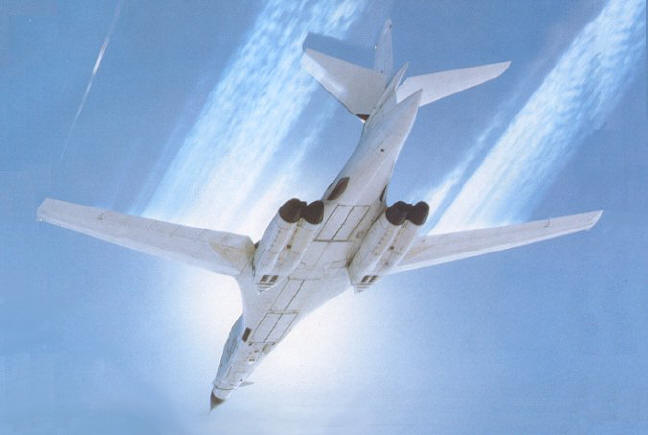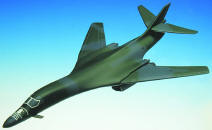|
|
| B-1 Lancer |
 |
The B-1 is the backbone of America's long-range bomber force providing massive
and rapid delivery of precision and non-precision weapons against any potential
adversary anywhere around the globe on short notice. It's blended wing/body
configuration, along with variable-geometry design and turbofan engines, combine
to provide greater range and high speed with enhanced survivability.
The ongoing Conventional Mission Upgrade Program is significantly enhancing
the B-1B's capability. This gives the B-1B greater lethality and survivability
through the integration of precision and standoff weapons and a robust
electronic countermeasures suite. The upgrade program includes GPS receivers a
MIL-STD-1760 weapon interface enabling Joint Direct Attack Munitions and other
weapons, secure radios, and improved computers to support new precision and
near-precision weapons such as the wind-corrected munitions dispenser, the joint
standoff Weapon, the joint air-to-surface standoff missile.
The B-1A model of the new long-range multi-role bomber never went into
production. USAF acquired four prototype flight test models in the 1970s, but
the program was canceled in 1977. Flight test of the four B-1A models continued
through 1981. The B-1B is the improved variant initiated by the Reagan
administration in 1981. The first production model flew in October 1984, and the
first B-1B was delivered to Dyess Air Force Base, Texas, in June 1985, with
initial operational capability on Oct. 1, 1986. The final B-1B was delivered May
2, 1988. The B-1B holds several world records for speed, payload and distance.
The National Aeronautic Association recognized the B-1B for completing one of
the 10 most memorable record flights for 1994. The B-1B was first used in
combat in support of operations against Iraq during Operation Desert Fox in
December 1998. B-1s have been subsequently used in Operation Allied Force. |
 |
|
|
